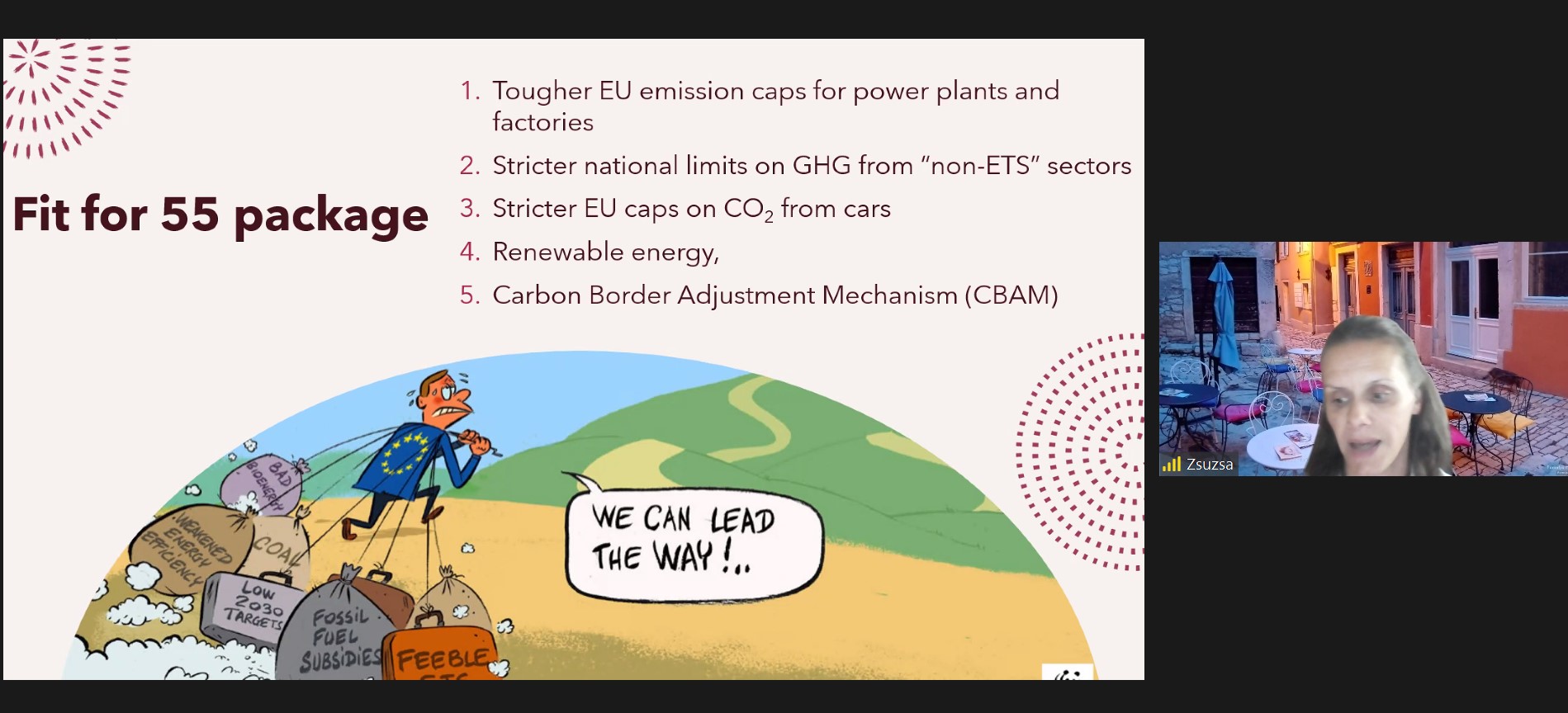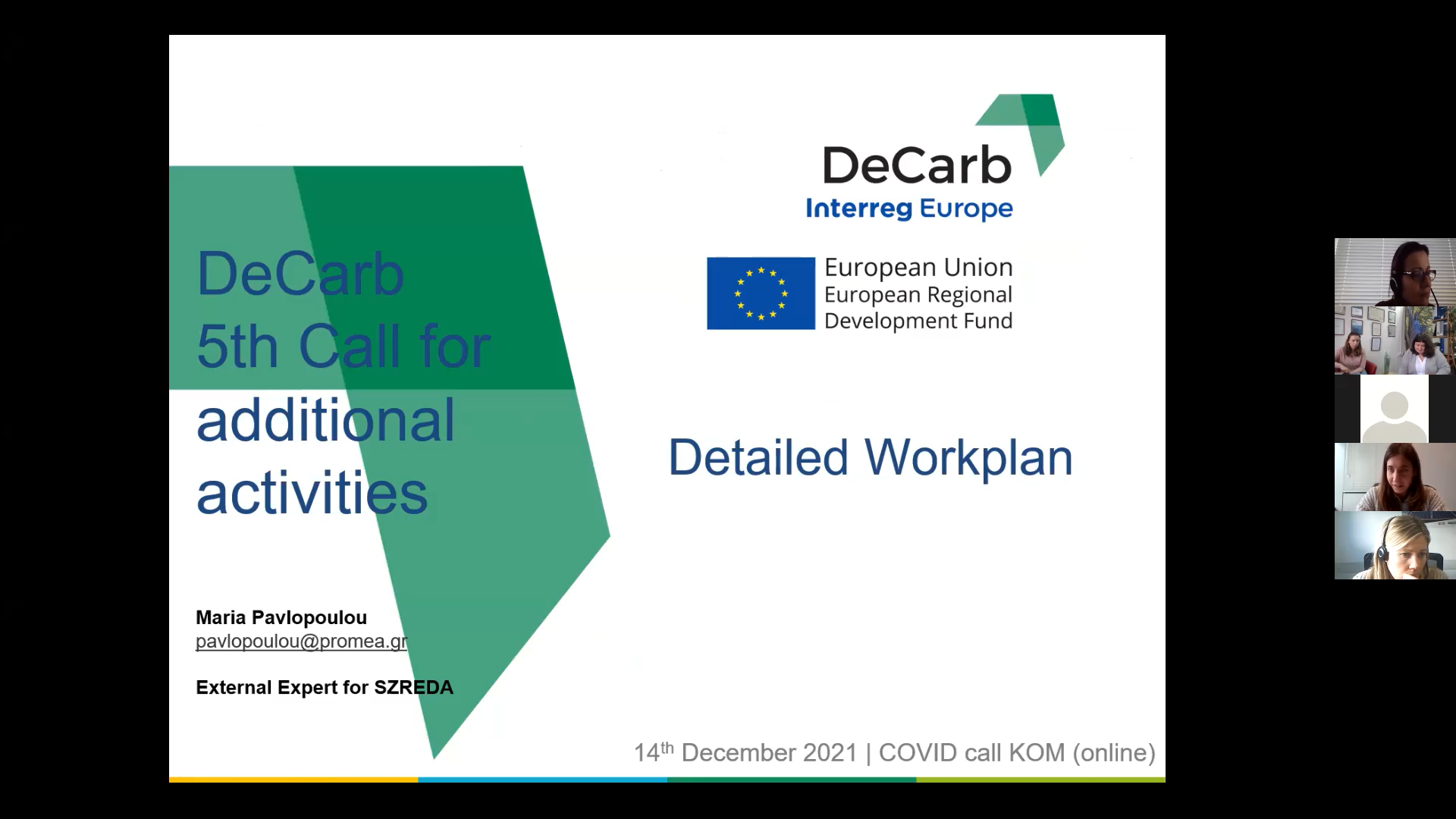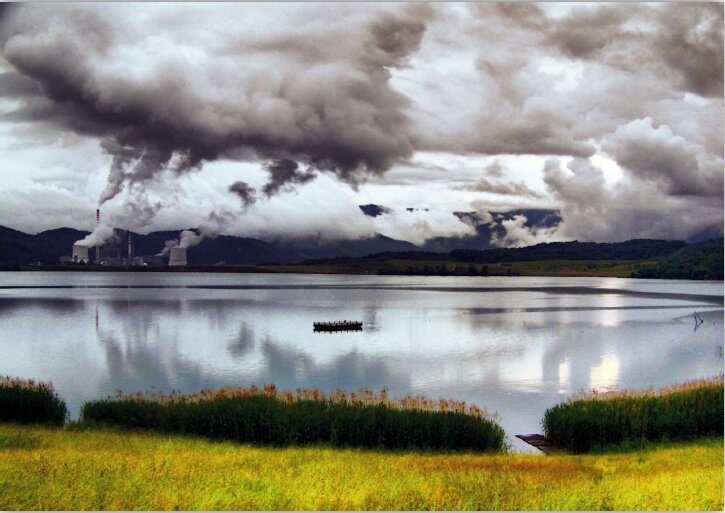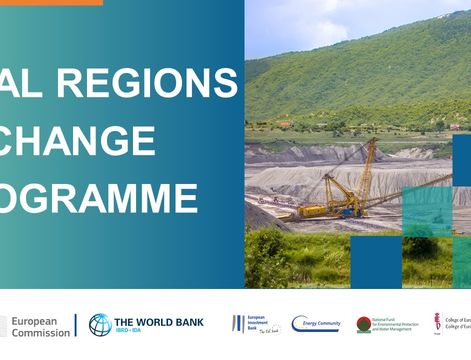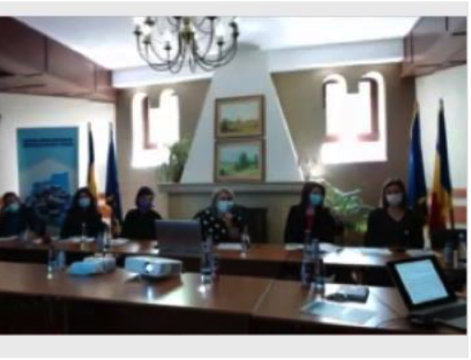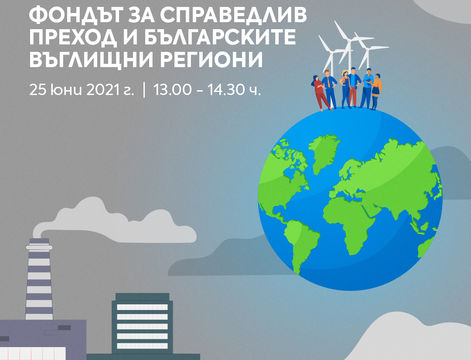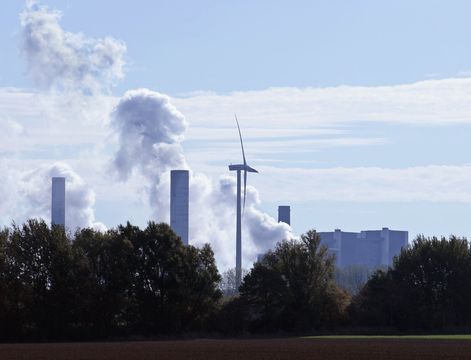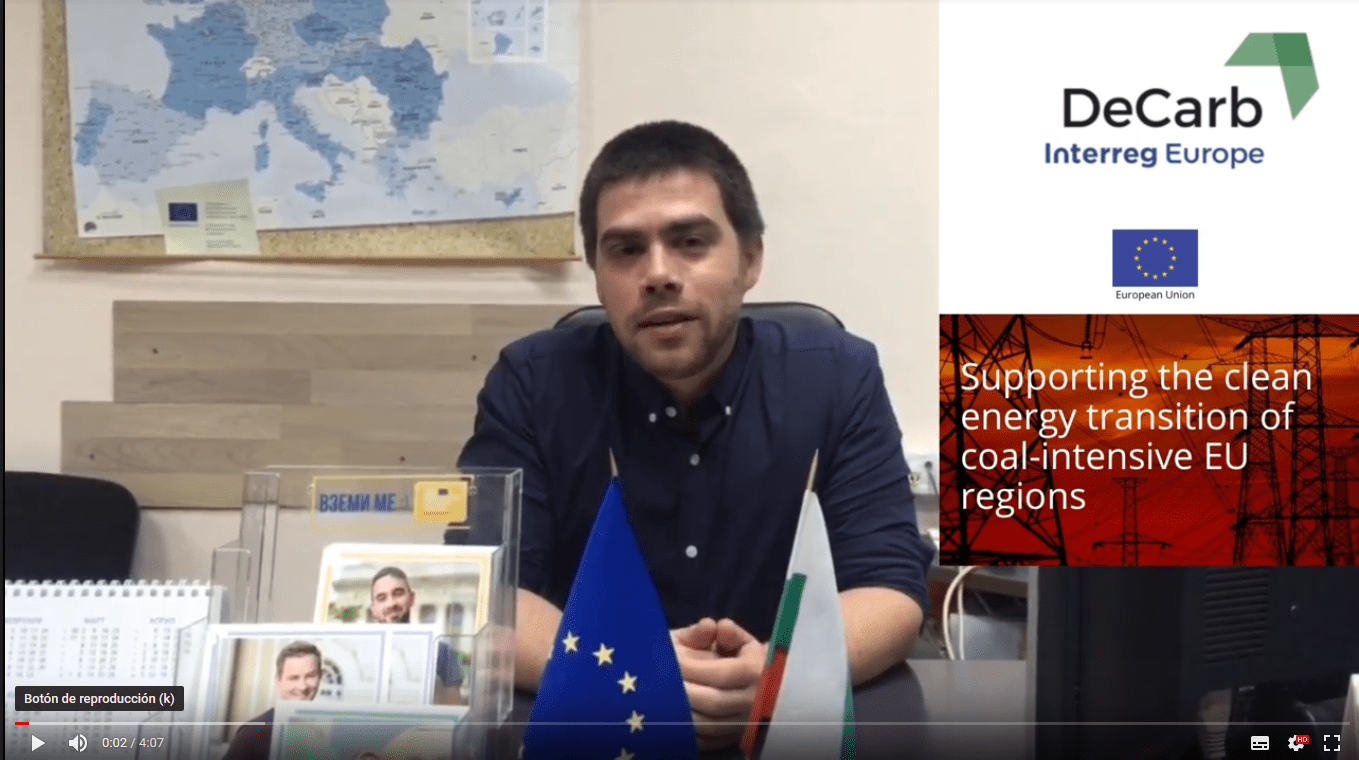
ENEREA has organized the New Energy MIX Dialogue on the 16th of September. The main topics addressed were the environmental restoration and land reclamation needs, as well as post-mining land use opportunities.
The lecture was started by Dr. Róbert Vass, who presented Geological causes of the formation of coal and peat deposits in the Northern Central Mountains and Szabolcs-Szatmár-Bereg County.
The presentation focused on the sustainability of mining. This is because the global supply of energy and raw materials is fundamentally based on mining. In 2018, mining accounted for 7% of world GDP of which 40% was energy from coal.

Dr. Falus presented Hungary's coal assets, coal mines and now closed coal deposits, where landscape wounds have formed: mining waste, slag and fly ash. The condition of these areas should be assessed and then stabilized and made safe.

The survey itself is a very complex task, as it is necessary to pay attention to the size and slope of the area, the chemical-mineral composition of groundwater and the situation of leaking water. This is very important because the object cannot be life-threatening.
The next speakers were Ms. Siskáné and Dr .Beáta Szilasi and the topic of the lecture was the expected socio-economic impact of the cessation of coal-based activities.
Some good practices, suggestions were made, like the redeployment of unskilled labour to the automotive and building sectors. The event highlighted the important role of training and capacity building to improve the employment competencies for creating new job opportunities.
In addition, the opportunities concerned the developments related to the renewable energy sector and the need for further infrastructures.
Finally, Dr Lajos Szalontai spoke on Economic alternatives following the phasing out of carbon-intensive topics.
The target groups addressed with this New Energy MIX social dialogue event were: citizens and the general public, who could also ask questions interactively during the presentation. The Public Administration, as well as representatives of local stakeholders, companies, environmental organizations, regional agencies, universities, etc., were represented too.



